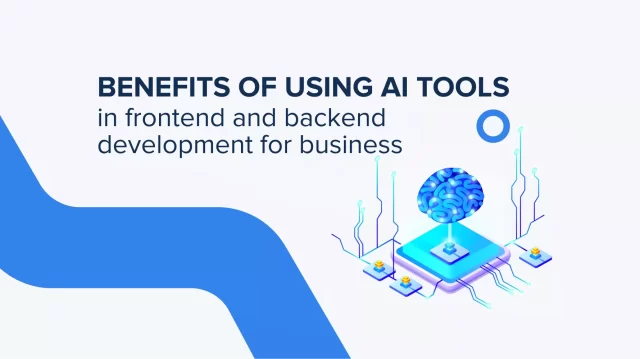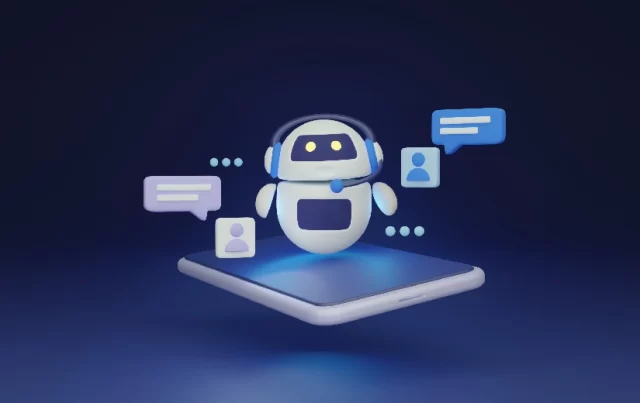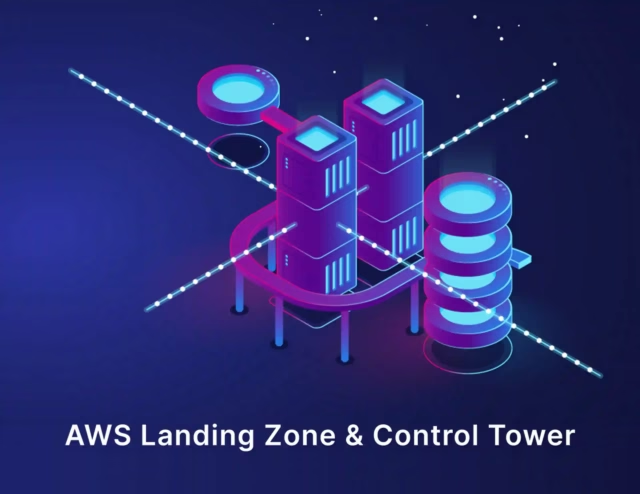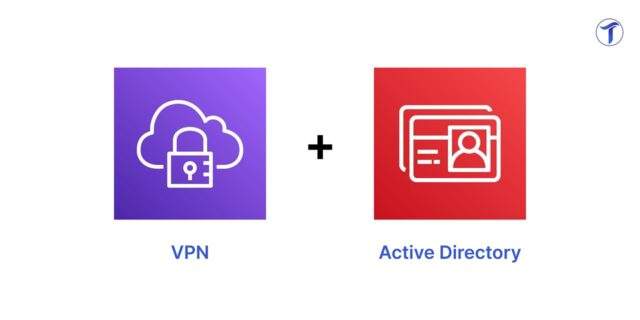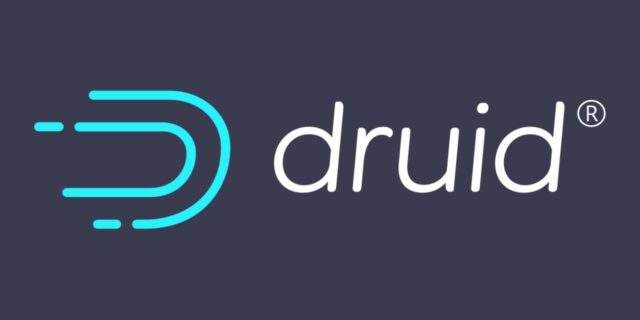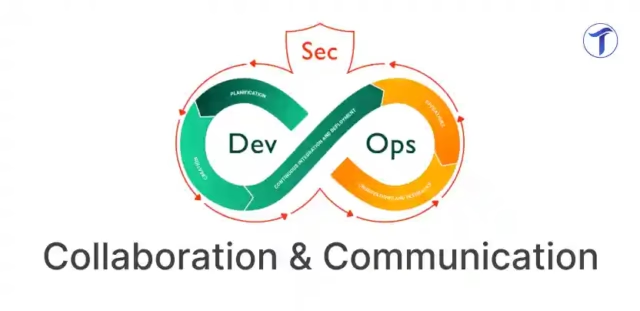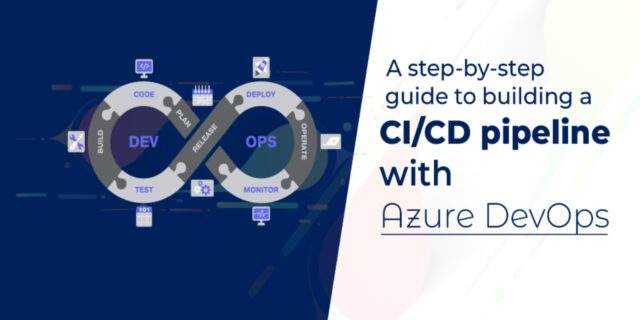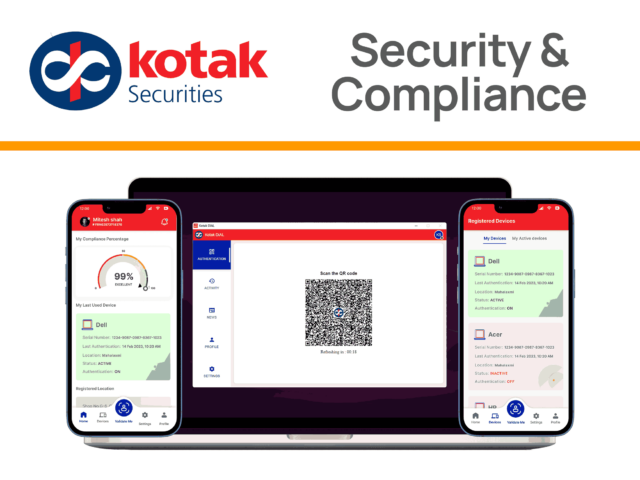
Introduction
In the fast-evolving financial services industry, security, compliance, and operational efficiency are paramount. Kotak Securities, a leading financial services provider, faced critical challenges in securing terminal access and ensuring that only authorized dealers could operate the system. The absence of a robust verification mechanism not only posed security risks but also impacted the company’s operational efficiency and reputation.
To address these challenges, Texple Technologies developed a custom-built mobile and desktop application that incorporated advanced geolocation tracking, QR code authentication, and secure photo verification. This AI-powered compliance solution significantly enhanced security, reduced unauthorized access, and streamlined dealer verification, ensuring that Kotak Securities maintained the highest operational standards.
Challenges Faced by Kotak Security
Kotak Securities needed a secure and efficient system to regulate access to its trading terminals and prevent unauthorized usage. However, several challenges were limiting their efficiency:
1. Lack of Controlled Terminal Access
- No proper authentication system to ensure that only authorized dealers could access the terminal.
- Unauthorized personnel were misusing the system, leading to compliance risks.
- The absence of real-time monitoring made it difficult to track access violations.
2. Manual & Inefficient Verification Process
- Time-consuming and error-prone manual verification process.
- No automated tracking system to validate dealer visits.
- Inconsistent verification led to inefficiencies and security loopholes.
3. Absence of Accurate Geolocation Tracking
- No real-time geolocation tracking to ensure that dealers were accessing the system from approved locations.
- Risk of false dealer check-ins and fraudulent activity.
- Lack of location data made it difficult to audit visits and track operational efficiency.
4. Compliance & Security Risks
- The inability to verify authorized users in real time led to potential fraud and non-compliance issues.
- No multi-factor authentication (MFA) or biometric verification, increasing the risk of identity theft.
- Compliance violations could lead to financial penalties and damage to brand reputation.
5. Operational Inefficiencies & Lack of Automation
- Inefficient reporting mechanisms for dealer visits and system usage.
- Limited data visibility made it hard to audit and optimize operational workflows.
- Lack of automated tracking and verification led to unnecessary delays in approvals and access control.
Solution Offered by Texple Technologies
To overcome these challenges, Texple Technologies designed and developed a comprehensive mobile and desktop application that leverages AI, geolocation tracking, and biometric authentication to enhance security, automate compliance, and streamline operations.
1. Secure Terminal Access with Multi-Factor Authentication (MFA)
- Implemented QR code-based authentication to ensure only verified dealers could access the trading terminals.
- Multi-factor authentication (MFA) combined with biometric login (face ID & fingerprint recognition) for enhanced security.
- Real-time validation system to prevent unauthorized access attempts.
2. Automated Geolocation Tracking for Dealer Verification
- Integrated GPS-based geolocation tracking to validate the physical presence of the dealer at the authorized location.
- Dealers were required to capture a geotagged selfie to confirm attendance.
- Tamper-proof location tracking ensured that false check-ins were eliminated.
3. QR Code & Photo Verification for Compliance
- QR code scanning system allowed dealers to quickly verify their identity before accessing terminals.
- Secure photo capture provided additional authentication, ensuring that only registered personnel could use the system.
- Encrypted digital records maintained a secure audit trail for regulatory compliance.
4. AI-Powered Compliance Monitoring
- Implemented AI-driven fraud detection to identify suspicious access patterns.
- Enabled real-time alerts for unauthorized attempts or unusual activity.
- Automated compliance reporting system helped the company meet financial regulatory standards effortlessly.
5. Seamless Cross-Platform Accessibility
- Developed a mobile (Android & iOS) and desktop application to ensure dealers could securely access terminals from different devices.
- Cloud-based infrastructure allowed for remote monitoring and access control.
- AWS-powered architecture ensured high availability and reliability.
Technical Architecture & Tech Stack
Technologies Used:
- Frontend: Flutter for mobile apps, Electron for desktop applications.
- Backend: .NET Core & Node.js for API services.
- Database: AWS RDS (PostgreSQL) for secure data storage.
- Security: End-to-End Encryption, MFA, AWS WAF, AWS Shield.
- Geolocation & AI: Google Maps API for GPS tracking, AWS SageMaker for fraud detection.
- CI/CD & Deployment: GitLab CI/CD, AWS Lambda for automation.
Architecture Flow:
- User logs in securely using MFA (QR code + Biometric authentication).
- The system fetches the geolocation to verify the dealer’s presence at an authorized location.
- QR code is scanned, and the dealer captures a photo for identity verification.
- AI-driven fraud detection checks for anomalies in access behavior.
- Real-time access logs are generated and stored securely in AWS RDS for compliance audits.
- Automated alerts are triggered if any unauthorized attempts are detected.
Key Benefits Delivered
With the successful implementation of Kotak Securities compliance and verification solution, Texple Technologies helped the company achieve unmatched security, efficiency, and compliance adherence.
1. Enhanced Security & Access Control
✅ Strict multi-layer authentication prevented unauthorized access.
✅ Real-time location validation ensured that only authorized dealers could use the terminal.
✅ AI-powered fraud detection provided advanced protection against security threats.
2. Streamlined Operations & Improved Efficiency
✅ Automated verification system eliminated the need for manual checks.
✅ Faster dealer authentication improved operational speed and reduced downtime.
✅ Instant QR code scanning & photo verification simplified the process.
3. Regulatory Compliance & Audit Readiness
✅ Encrypted transaction logs ensured full compliance with financial regulations.
✅ Real-time compliance monitoring reduced legal risks.
✅ Automated compliance reports simplified audits and reporting.
4. Seamless User Experience with Cross-Platform Access
✅ Mobile & desktop compatibility allowed seamless access across different devices.
✅ User-friendly interface made it easy for dealers to verify themselves.
✅ Cloud-based solution ensured remote access & secure data storage.
5. Competitive Advantage & Business Growth
✅ Improved reputation & trust by ensuring only authorized personnel could use the system.
✅ Reduced fraudulent activities, boosting company credibility.
✅ Optimized operational efficiency, leading to cost savings & improved service delivery.
Conclusion
By implementing an advanced compliance and verification solution, Kotak Securities successfully transformed its terminal access control and dealer authentication process.
Texple Technologies’ AI-driven security mechanisms, geolocation tracking, and automated compliance system ensured that only verified dealers could access the system, enhancing security, efficiency, and regulatory adherence.
With this cutting-edge solution, Kotak Securities is now equipped with a future-proof infrastructure, empowering them to operate securely, maintain compliance, and optimize operational workflows. 🚀





